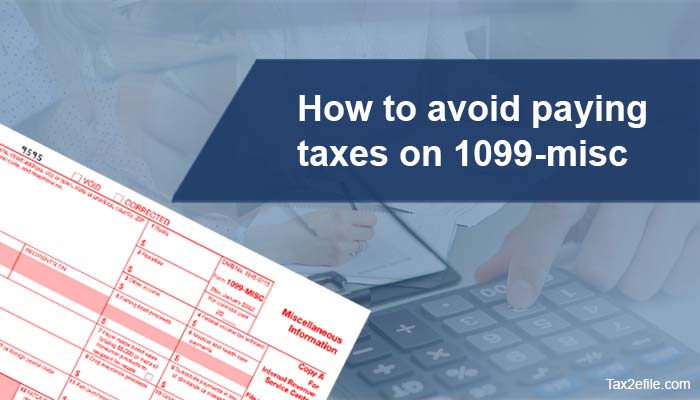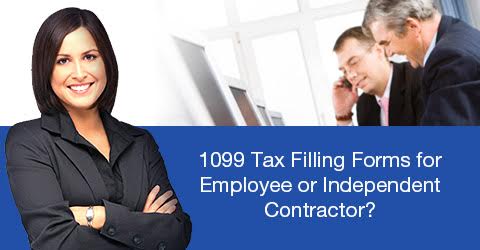- June 15, 2023

Could you believe this? You can reduce paying taxes on 1099-misc
Independent contractors generally use IRS Tax Form 1099-MISC and other self-employed individuals to report their taxes. And there are specific sure trips and tricks that help them significantly lower their taxes and tax bills. The IRS also specifically builds provisions for these situations to reduce tax altogether.
Reduce taxes on 1099-MISC:
Most freelancers get taxed on their 1099 Forms if they make more than $400 as self-employment income. They can reduce paying a part of their tax on small business earnings, though they cannot wriggle out of it altogether.
It has been said that self-employed individuals are taxed at a higher rate than an employee on the regular payroll of the business. When an individual works as a W-2 employee of a company, they will have to pay 7.65% of their income withheld for taxes. This covers their social security and Medicare taxes, collectively referred to as FICA. On that note, the employer also pays the IRS an additional 7.65% as taxes. But with self-employed individuals, there is no employer share on the bill, and the self-employed individual pays 15.3% taxes.
Useful tricks to save on self-employment taxes:
Self-employment tax applies not to the total gross income but to net profit. As the IRS knows that running a business costs money, it encourages freelancers to subtract business expenses and calculate taxable income. This is where saving on self-employment taxes starts.
- Write off all the expenses
Most people do not write off all the business expenses they qualify for, though it is one of the simplest ways to lower self-employment taxes. Some of the write-offs these individuals can claim are website hosting expenses, packing, and shipping supplies, yearly subscriptions, new equipment, etc. Individuals can cut off these business expenses and pay taxes for the rest of their income only.
- Deduct self-employment tax from IT:
Self-employed individuals must cover the employee and employer portion of the FICA. As they play dual roles in their business, they can write off their employer’s half while filing the taxes. The IRS has rectified errors in Schedule SE, refunding payees for the discrepancy.
- Reduce 20% of the taxable income with a QBI deduction
The qualified business income allows freelancers, small business owners, and independent contractors to take up to 20% of their taxable income without questions. To be eligible for this deduction, income limits are $326,600 (married filing jointly) and $163,300 (filing separately).
- Transfer money to retirement accounts
Apart from insurance expenses, taxpayers can deduct contributions from their retirement accounts. Contributing to retirement plans like SEP-IRA and Solo 401(k) reduces taxes and offers various options for savings.
Tax Professional Expert Tax2efile:
Other ways to deduct self-employment taxes include investing in health insurance and receiving payment from an S corporation. But it all takes a lot of paperwork. If you do not want to deal with all of this paperwork by yourself, you can take help from expert taxing professionals from Tax2efile.

